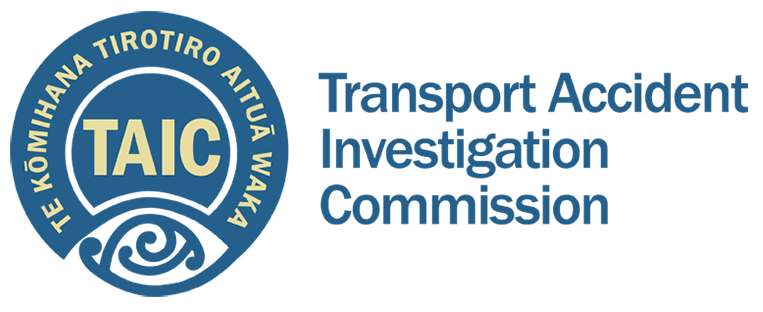The Commission is established by the Transport Accident Investigation Commission Act 1990. The Commission's corporate form is an independent Crown entity subject to the provisions of the Crown Entities Act 2004.
The Commission’s powers enable it to carry out its inquiries, and includes the power to prohibit access to an accident site, to inspect and remove records, and to secure physical evidence. Some of its powers are provided under the Commissions of Inquiry Act 1908.
The Commission’s legal framework and working practices are consistent with international obligations and standards for safety-focused investigation of significant transport accidents or incidents.
This page is not intended to be legal advice.
International conventions
Through its reports and recommendations, the Commission meets New Zealand’s international obligations under a number of international conventions, including:
- Convention on Civil Aviation [7.5Mb .pdf], including Annex 13 which is concerned with accident investigation.
- Convention on the International Maritime Organisation
- International Convention for the Safety of Life at Sea, including the Casualty Code which is concerned with accident investigation.
- International Convention on Standards of Training, Certification and Watchkeeping for Seafarers
- Convention on the International Regulations for Preventing Collisions at Sea
Jurisdiction
TAIC's jurisdiction extends to the 12 nautical mile limit of New Zealand's territorial waters, the land within that, and the air above, and to New Zealand registered aircraft or ships anywhere in the world. By agreement, another country may lead investigations into occurrences in international waters or airspace involving NZ-registered ships and aircraft, such as one closer to the accident site or where an aircraft was made.
Independence and cooperation
The Commission is required by law to act independently from the Government, regulatory agencies, and transport operators when conducting its investigations. Investigations by other authorities into compliance with transport regulations, occupational health and safety issues, or possible criminal activity, must be undertaken independently from the Commission. The Commission co-ordinates with other investigations seeking access to an accident scene or physical evidence.
Investigations protected
Statements and submissions made to the Commission, as well as certain investigation records, are protected records that can only be disclosed for the purposes of the Commission’s inquiry. This reflects the purpose of the Commission which is to increase transport safety by avoiding repeat accidents, rather than ascribing blame. Similarly, the Commission’s reports cannot be used in regulatory, criminal or civil proceedings, but can be used in a Coroner’s inquiry.
While the Official Information Act 1982 and the Privacy Act 1993 both apply to the Commission, certain investigation records are not subject to the Official Information Act.

